In the Baram village in Purulia, located on the bank of Kansabati river, there were three temples at the start of this century. All of them were standing there for nearly a millennium until one of them collapsed suddenly on a September morning in 2003, that left the count to two, for which we were heading towards on a March afternoon, the day of Holi in 2020. The road to Deulghata temples from Ayodhya Hilltop via Sirkabad turned left towards Arsha after crossing Sirkabad Bus Stand for a few kilometres. We had to drive another 10 kilometres until Raju, our driver, took a shortcut through a jungle that opened to a narrow road which ends at the river. The temples, surrounded by large Shimul trees, were on the right side of the road.
Table of Contents
About
Deulghata literally means “Land of Temples”. Situated on the Kansai river bank, Deulghata is one of West Bengal places that still holds two temples built during the 10th – 12th century when local kings patronised Jainism. The other areas which still have evidence of that era are Telkupi, Pakbira, Para and Banda.
It is said that once there were 15 temples in Deulghata which gradually reduced to three in the nineteenth century when the place was discovered by E. T. Dalton, the then commissioner of Chotanagpur. On a September morning in 2003, another temple collapsed leading to the final two temples that can be seen now.
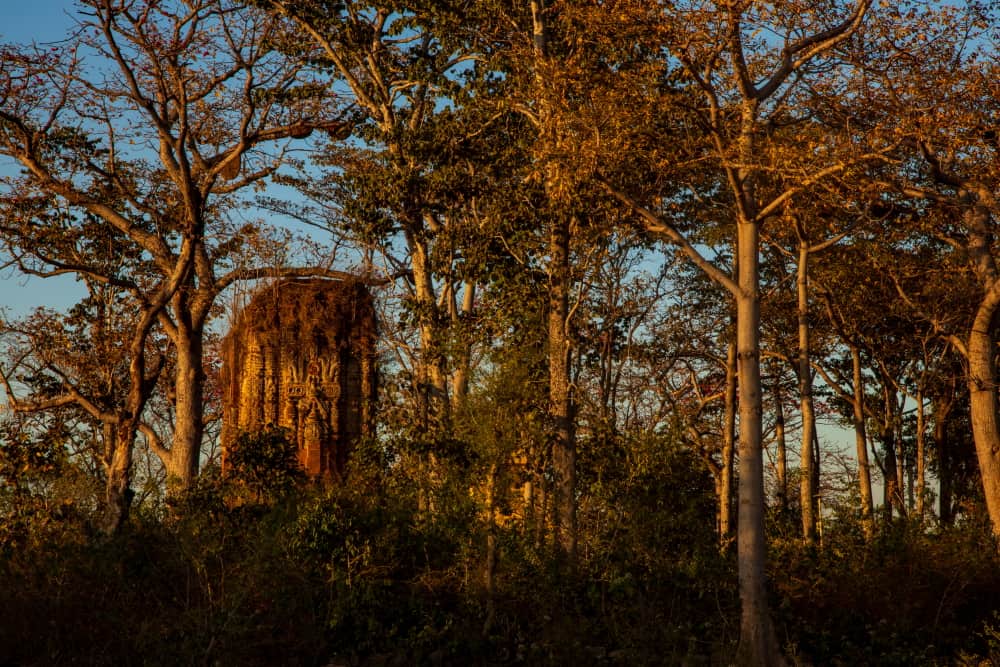
History
Joseph David Beglar, an American-Indian engineer, archaeologist and photographer working in British-India and reporting to Archaeological Survey of India, once wrote in his report, “Twelve miles west by a little north from Puralya, on the right bank of the Kasai or Kansai river, is the small village and the ruins of Burám. The ruins are on a knoll at the edge of the river; approaching them after crossing the river from the north, the first ruin is a low mound; on this lies a round-ended flat slab with inscriptions; the characters may belong to the ninth or tenth century; the mound is evidently the site of a temple of brick, faced with stone; there are a few other low small mounds of no special interest.”
Historians say that these temples were built during the reign of Anantavarman Chodaganga Deva, the ruler of the Eastern Ganga Dynasty which ruled the southern part of Kalinga state. King Anatavarman extended his kingdom from Ganges river in north-east to Godavari river in the south. He was a great warrior and a religious person with interest in art and literature. However, the king himself was a Shaivite initially and later inclined to Vaishnavism, he builts many temples in his entire kingdom and patronised Jainism, particularly in Rarh region.
During that period, the majority of Rarh region was inhabited by Swaraks (Sravaka), a community that followed some aspect of Jainism and were detached from the main body of Jain community of northern and western India since long ago. This region was called Vajjabhumi in ancient texts and was visited by Tirthankara Mahavira according to Kalpa Sutra.

Swarakas were the early settlers on the lands between the Barakar river and the Damodar river. A part of them later migrated more south and south-east towards the Kansabati river and the Subarnarekha river. The temples of Deulghata, Pakbira, Telkupi and few others were initially built for the local Jain community.
After the rule of Ananthavarman, these places gradually came under the reign of Sen Dynasty, and Hinduism became the dominant religion in Rarh region. Like years of peaceful coexistence of Hinduism and Jainism, the Deulghata temples also showed artworks that reflect both religions’ presence. The temples built initially as Jain temples now became Hindu temples with new stucco decorations and installations of Hindu Gods and Goddesses. The mainstream Swaraks became a part of Bengali Hindus with a touch of Jainism.
Architecture
As the temples were built under Ananthavarman Chodaganga Deva’s patronage who also built Jagannath temple and Konark temple, the architecture was too similar to Rekha (straight) Deul (temple) style. The Rekha-Deul style temples look like a Shikara (mountain peak). It has a sanctum or Garvagriha with a tower-shaped cover called Shikara. There is Amlaka base over the Shikara and the Kalasa finial at the top.
Although the temples that remain now reflects the Rekh Deul architecture, both of them had lost their Amlaka base and Kalasa top. These temples were made of bricks without any plaster on it. The bricks were cut smooth and placed together with mud cement. One temple faces east while the other faces north. The stone stairs to the platform over which the temple is built, lead to the sanctum, a large rectangle-shaped cell with a triangular-shaped entrance.
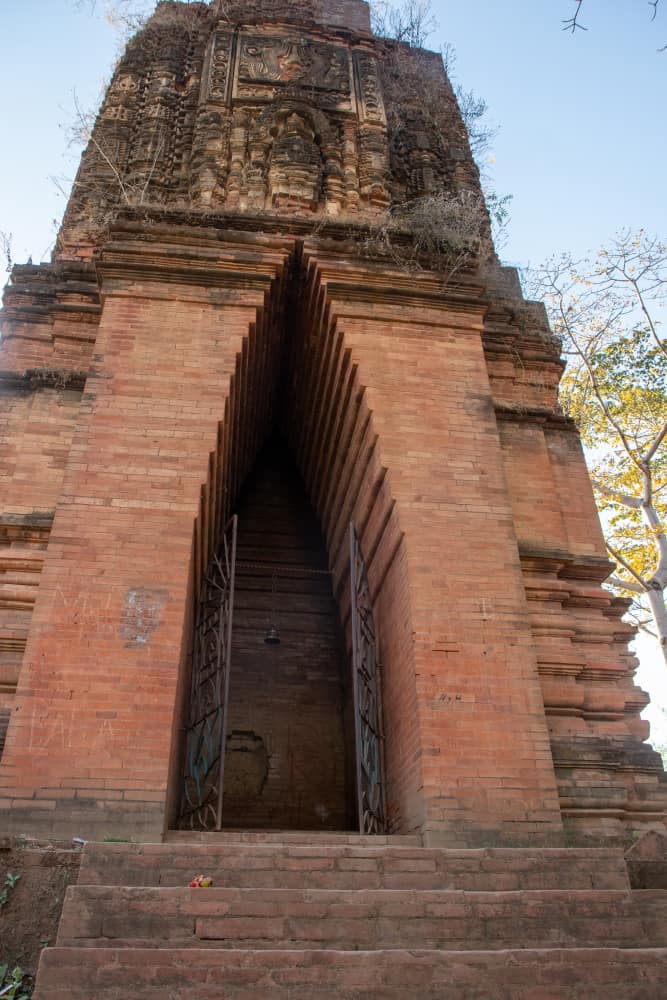
Both the temples have stucco decoration in front, sides and back. The decorations do not have any particular pattern, and most of them are broken with only remnants visible. There are no deities inside the sanctums of both the temples. There is a remnant of a stone temple between these two temples, which has a Shivalingam inside the shrine.
The third collapsed temple is north towards the Kansai river, and the base is covered with thickets.
The statues of Hindu Gods and Goddesses found from these temples are kept in a small Radha-Krishna Temple beside these old temple ruins. The figures kept there are of –
- Eight armed Durga – 4 feet tall statue
- Four armed Goddess – 4 feet tall statue
- Lord Ganesha – 3 feet tall statue
- Goddess Singha Bahini (four-armed female figure riding on a lion)
- Goddess Rana Chandi (eight-armed, a form of Goddess Durga)
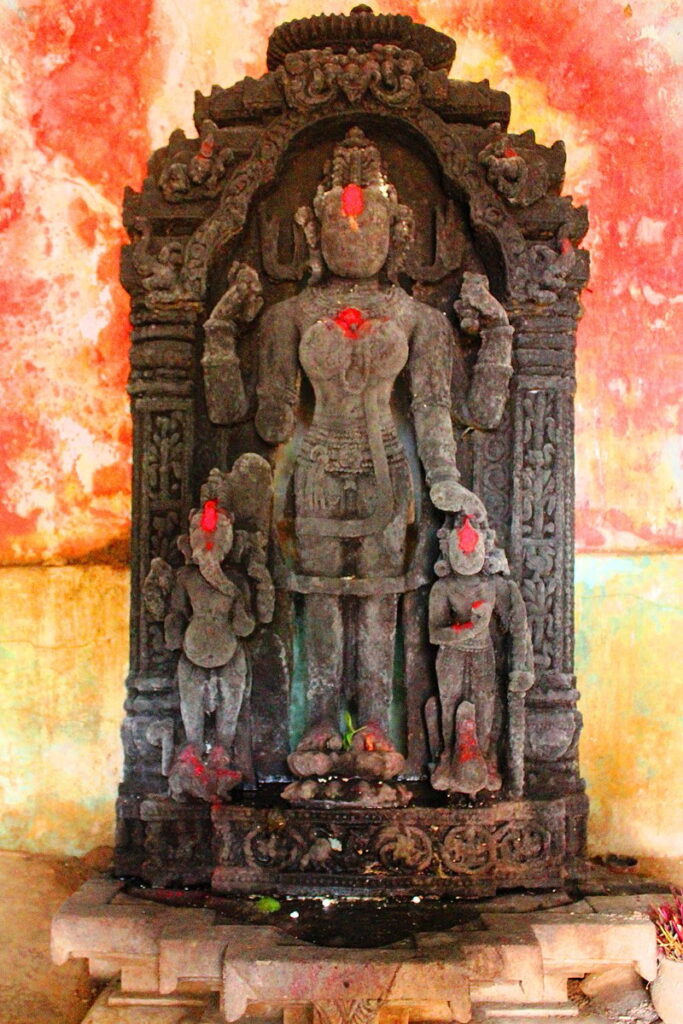
How to reach
Deulghata temples are situated near Baram village in Arsha block of Purulia. These temples are almost equidistant from Purulia town and Ayodhya hilltop. The distance between Deulgfhata and Purulia town is approximately 32 kilometres. And from Ayodhya hilltop, these temples are at 33 kilometres distance.
From Kolkata, Deulghata temples are at a distance of 280 kilometres and the driving time is close to seven hours.
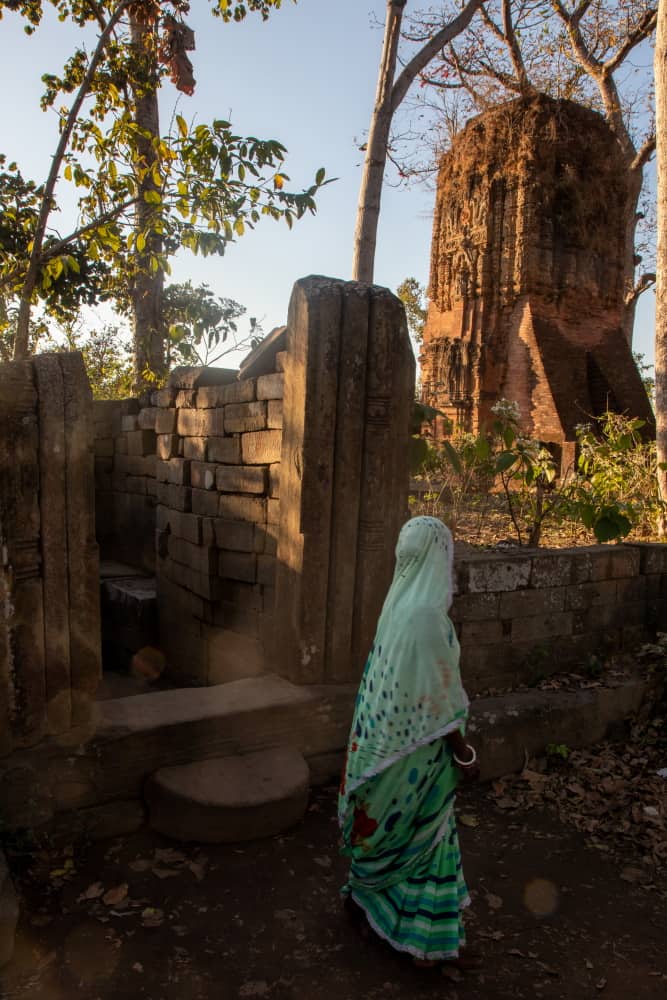
Where to stay
There is no accommodation available near the temples or in the village. It would be better to stay in Purulia town or Ayodhya hills and cover Deulghata temples on a half-day trip.
Hotels in Purulia Town
Hotels in Ayodhya Hills
- Kushal Palli Resort
- CADC Lodge at Ayodhya Hilltop: Niharika / Malabika
- Muruguma Eco Hut
- Youth Hostel at Ayodhya Hilltop
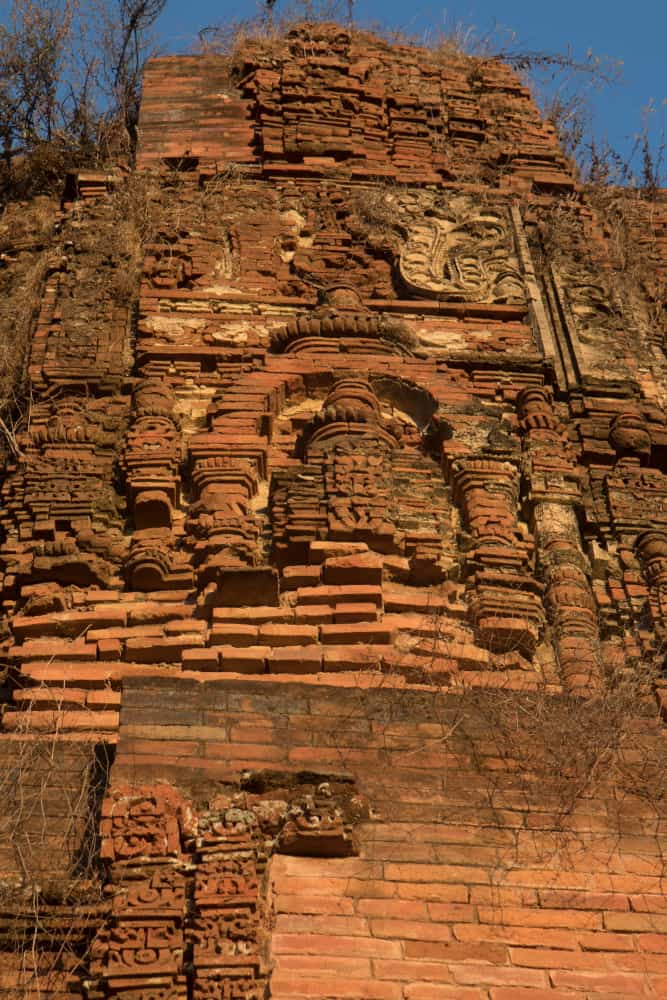
Book your trip: Resources
- Flight
Use Skyscanner or Google Flights to book your flight.
- Accommodation
Booking.com and Agoda are perfect to book your hotel. If you want to stay in a hostel, then Hostelworld would be of great help in finding one at your convenience.
- Travel Insurance
World Nomads is perfect for travel insurance. You can get comprehensive protection with them. Let them take care of unexpected situations while you concentrate on your trip.
- Package Tour
You can book a package tour from Intrepid Travel. They are a reputed company in arranging small group tours and customise it as per your requirements. You can also use Klook to book your private transport, city tours, heritage walks, food walks and other experiences like a cooking lesson or a Yoga session.
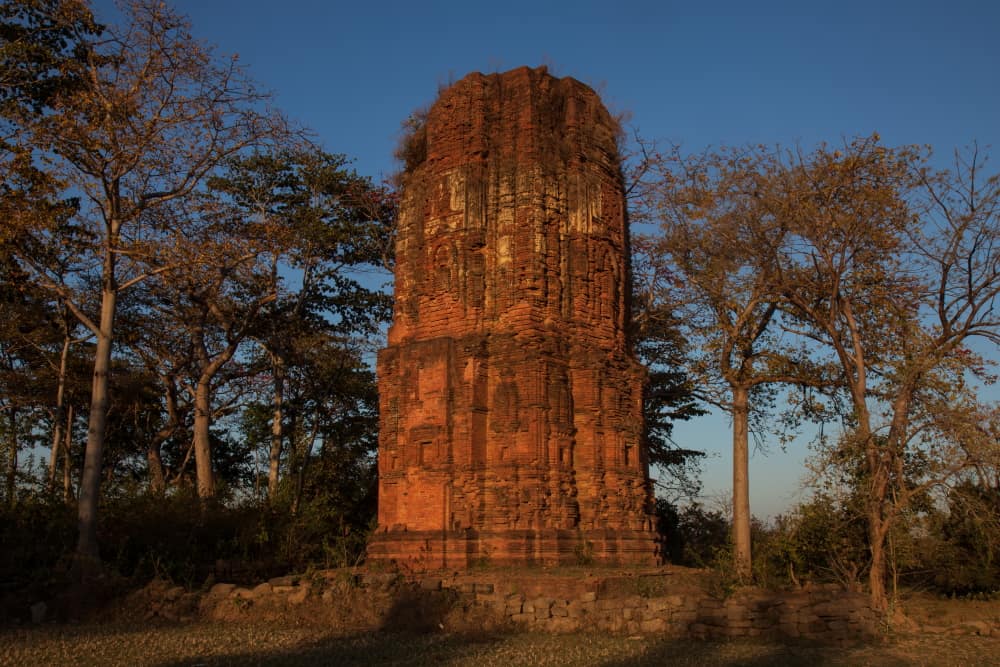
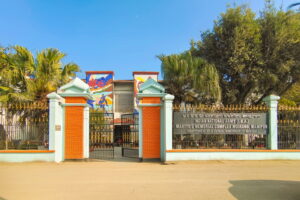
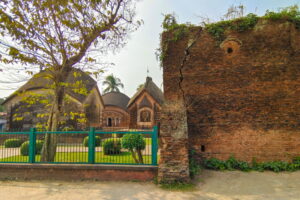

Pingback: Banda Deul near Raghunathpur in Purulia | The most preserved architecture of a Deul Temple in Purulia - My Travel Frames
Pingback: Trip to Ayodhya Hills in Purulia | A Perfect Weekend Destination from Kolkata